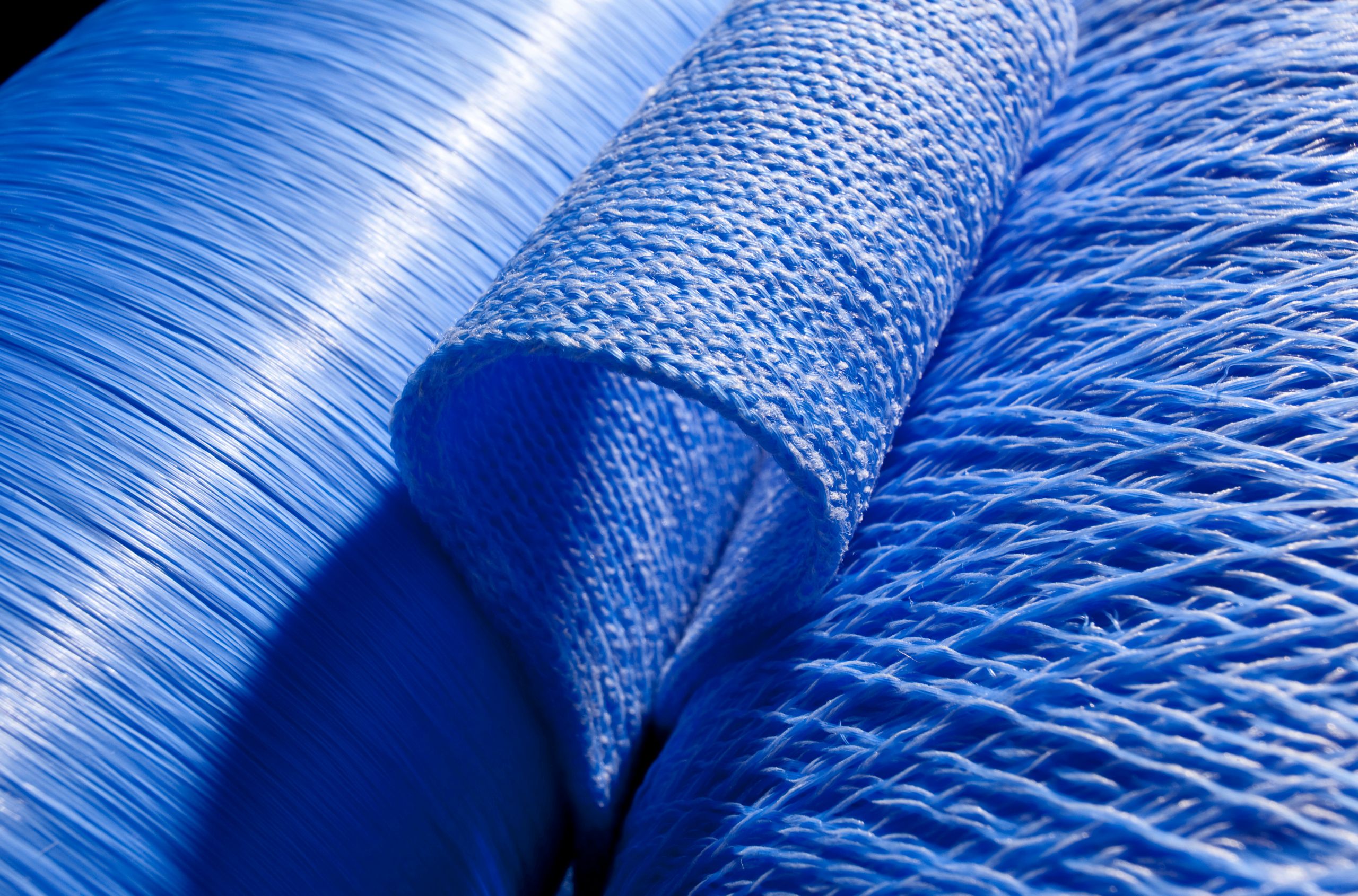
The Orficast product range is the new generation of thermoplastic materials for immobilization purposes.
Orficast is an innovative, textile-like thermoplastic material designed for immobilization applications. Made from stretchable, self-adhesive thermoplastic fibers, it offers exceptional adaptability and ease of use. Originally available in blue, Orficast now also comes in black and orange.
Available in convenient 300 cm (118″) rolls, Orficast comes in two thicknesses: Orficast and Orficast More, each offering different width options to suit various applications:
Orficast More is a thicker version of the original Orficast, offering additional strength and support while maintaining the same flexibility and conformability. The increased material thickness avoids the need to use two layers for rigid orthoses and provides a longer working time. Both versions are suitable for a wide range of orthotic applications:
Orficast and Orficast More make it easier to address your orthotic challenges in a way that will surprise you!
Despite its simple appearance, Orficast is a high-tech solution that offers exceptional performance. Read more below.
Are you interested in trying Orficast? Contact us to receive a trial sample. Our world-wide list of distributors can be found here.
